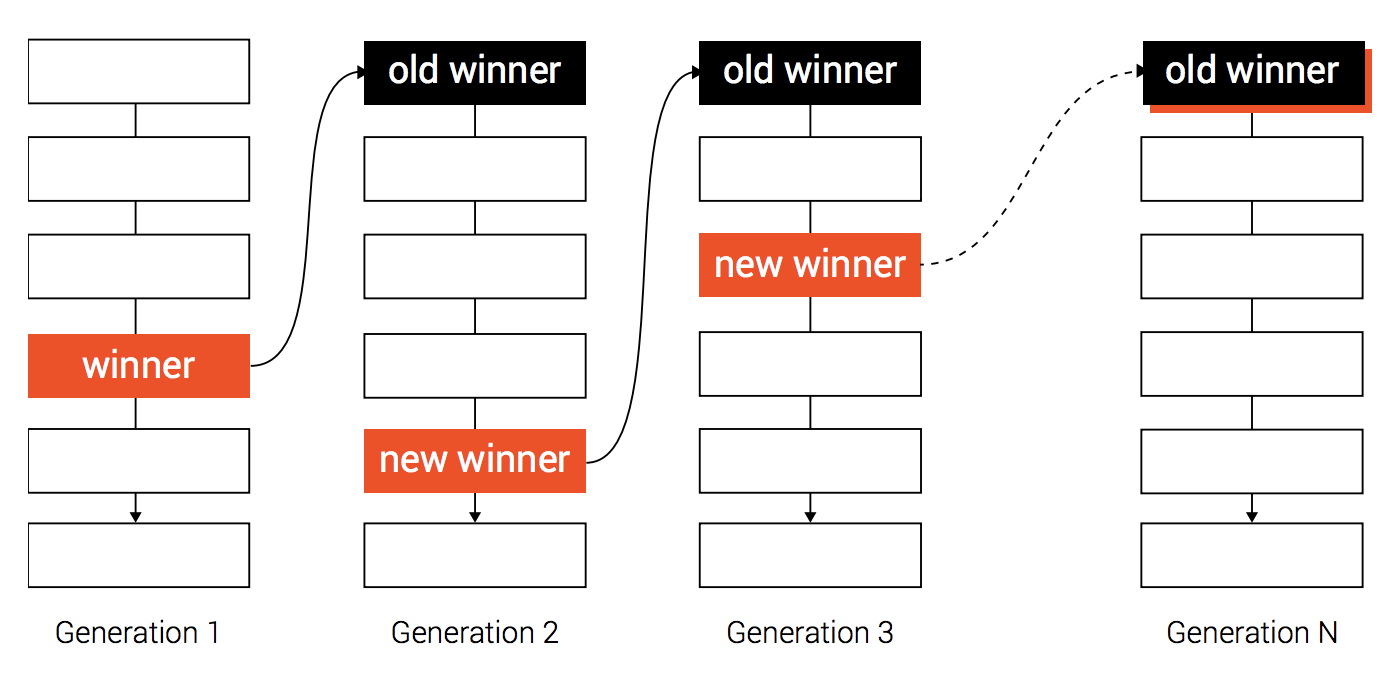The European Union General Data Protection Regulation (GDPR) becomes fully enforceable on May 25, 2018, and in preparation, the entire ad industry across the EU and North America has been working fast to ensure compliance with the impending change. Recently, major industry players announced new policies resulting in greater protection around personal data. Facebook will no longer offer third-party partner targeting in its platform. Google will no longer allow buyers to use the DoubleClick ID in its data transfer service, limiting the portability of user data between its services like YouTube and AdX. Additionally, Doubleclick for Publishers will offer an out-of-the-box solution for publishers to provide a clear opt-out [of being tracked] for users.

As with any historical moment in tech, there’s no lack of speculation as to the exact effects of the new policies. However, we know with certainty that there will be a diminished availability of third-party data for ad targeting and reporting. First-party data will become even more important to a brand, but scalability will be a challenge in any programmatic media strategy.
In order to not only survive, but also thrive in the new world of post-GDPR, advertisers must re-discover the importance of the creative in their marketing strategies, and flex the muscle that has long been overshadowed by media-targeting. In fact, there are many ways to positively influence campaign performance outside the influence of third party or first party data by unlocking the potential of the creative. With GDPR looming, here are a few ideas to boost campaign performance by taking control of your digital ad creative:
No audience data, no problem
We can still observe valuable data such as if a creative was viewable, viewed, engaged-with or clicked without the need for audience data. We can use this data that we still have access to to fuel a perpetual experimentation strategy that ensures the best creative version is shown.

Up Your Experimentation Game
Many brands conduct episodic or infrequent creative experimentation that leaves untapped value sitting on the table. By simply running creative experiments at scale using only data available within the ad server, we’ve seen brands more than double their campaign performance without needing to invest incremental media budget.
DCO Is a Necessity, But Don’t Stop There
DCO, or dynamic creative optimization, is an effective technique for personalizing creative that constructs ads in real-time using data feeds and information from the bid request. Many data feeds such as weather, location, time of day or product catalogs are independent of user data, so DCO can still be effective in a post GDPR environment.
We advise brands to take it a step (or many steps) further by treating the dynamic elements as an essential piece of the creative-performance equation, but not the main focus. In addition to utilizing dynamic data feeds to optimize creative, you can iterate and test other elements in the ad unit to develop an ongoing experimentation strategy that will compound lift and keep performance moving up and to the right. As previously mentioned, there are metrics in the ad server independent of first and third party data that can be used.
While GDPR seems daunting and will require brands to reduce their reliance on third-party data, now’s the time to re-engage with the most important part of your engagement strategy: the creative.




